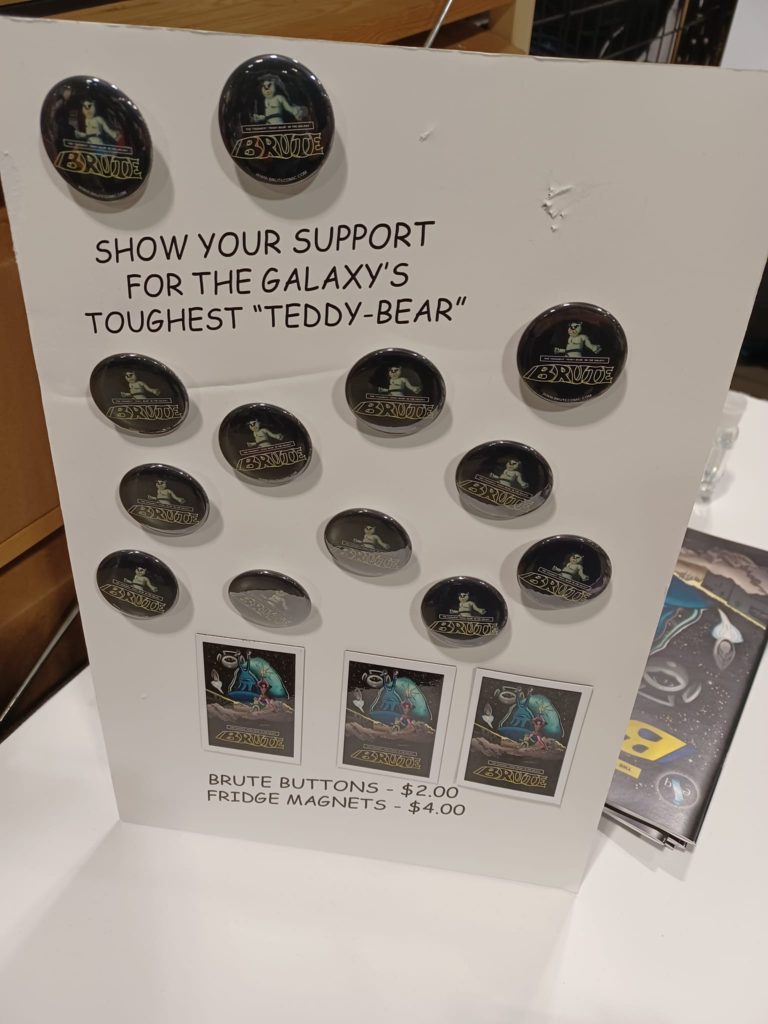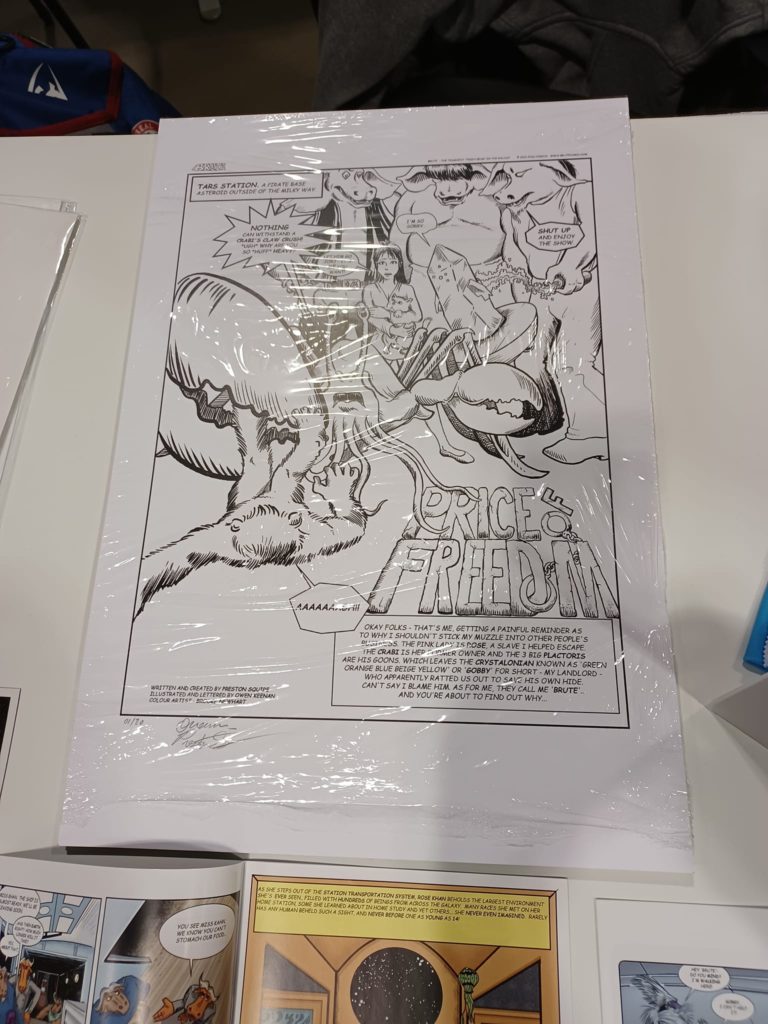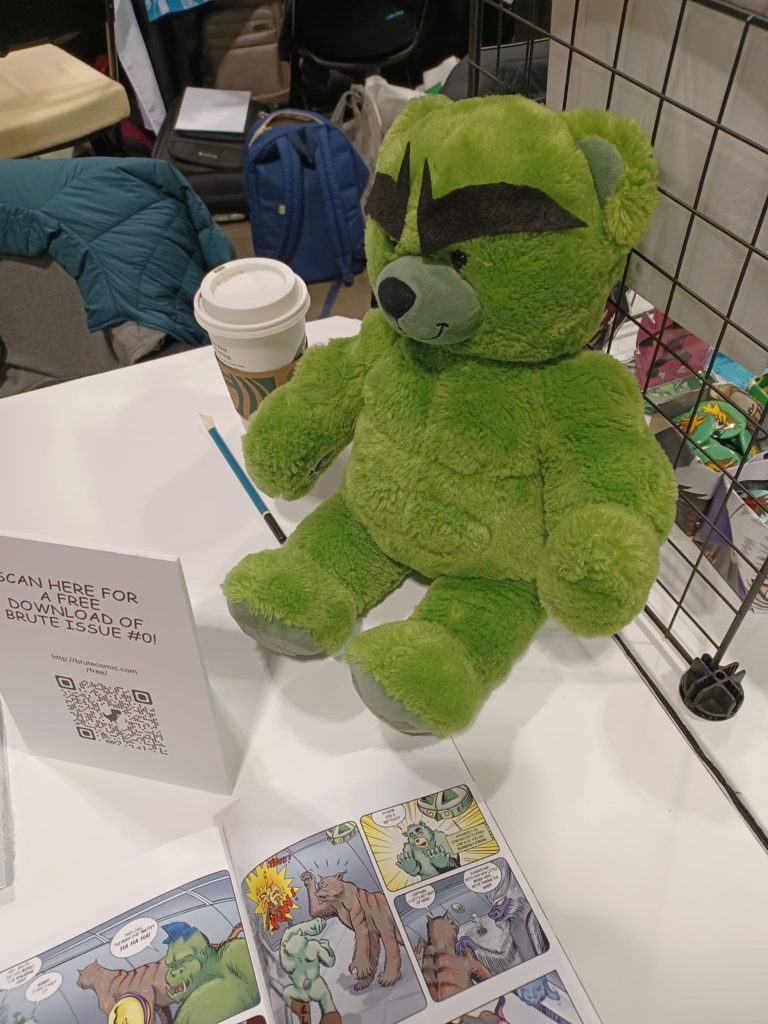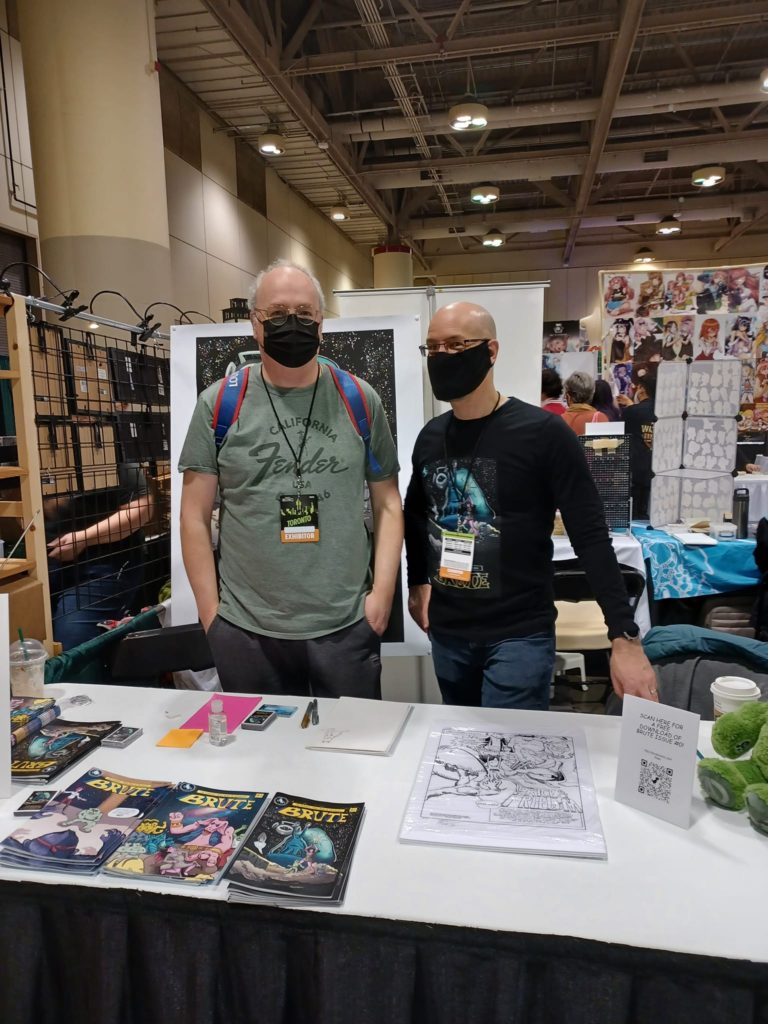To Kickstart or not to Kickstart
A lot has changed in the comic scene since I was a kid, or even heck, when I was a full-grown adult dipping my toes into the industry in the 90’s. Back then, the way the industry worked was pretty direct. You wrote a script or drew some pages of art and sent them to Marvel or DC (or showed them to an editor at a convention) and hoped for your big break. Nowadays, neither Marvel nor DC accept submissions at all (they only hire ‘name’ talent and they’ll come to you, if they’re interested). Nor do you need to work for either one to work in the industry now.
Aside from dozens of small to mid-sized comic publishers to work for (BOOM!, Dark Horse, Image, Alternea to name a few), you can also do as Owen and I have done and just self-produce your own comic book. But then what? Used to be you’d want to get it into all those comic shops. But that’s when comic shops numbered in the tens of thousands and indie comics like Cerebus, TNMT, The Tick, et al., where in vogue. Nowadays, there’s only about two thousand comic stores in NA and only three hundred of those order indie comics – and not in enough volume to make it financially worthwhile*.
Now we have digital comic stores like comixology, Global Comix, Indy Planet, and more but these are super easy to get a comic in, and so everyone does, creating a massive glut and making visibility near impossible. Plus, people who like that style of comic book – usually older folks – much prefer to buy print. Meanwhile, younger folks now read vertical comics off webtoons, tapas, or other such websites – for free. Also very glutted with content. But now, even if you get any visibility, you can’t earn money (directly anyway) off your comic. What’s a comic professional to do?
Here’s where Kickstarter comes in. An ever growing number of comics are being funded and sold via kickstarter.com. If you’re unfamiliar with Kickstarter, it’s a service that lets anyone with a new concept/design/idea/etc. seek funding from the general public. Its worked well for new devices, new movies ideas, new videogames but no industry is finding more success than comic books. Just the very nature of what Kickstarter is eliminates some of the issues with all of the previous mentioned comic book avenues. Kickstarter (if done correctly) makes your comic more visible and visible to more people than you could ever reach yourself – It gives you ample tools to fully show your vision, your team, your work and really create excitement. People can get your comic in digital or print, plus all sorts of extra cool goodies. Generally all comic Kickstarters are there to raise enough funds for a print run. So for one month you get to let your comic shine, collect orders for comics (and other cool additional items), engage and grow your community and then collect and deliver (and now do a larger print run for comics you can now sell at conventions – with much, if not all, of the print cost covered). It’s a pretty awesome win for independent comic
It’s not without it’s drawbacks though. First off, you need to BRING an audience TO Kickstarter – that is, you have to be able to kick-start your Kickstarter. If you can’t raise the first third of your goal on your own, you’ll languish in obscurity and never get funded. Secondly, it’s all or nothing. If you don’t hit your goal, you collect nothing at all. Third, it’s time intensive. It requires a massive social media push – all month long – which doesn’t need to be costly, it can be free even, but not free of your time, it’ll eat up all your time – at least, that’s what most people say. I’ve talked to one creator who’s done four successful Kickstarters without putting in that kind of effort, more set it and let it run approach.
I’ve personally been hot and cold to doing a Kickstarter for Brute. What’s finally pushing me towards it though is the thought of collecting issues #0-#3 into a graphic novel format. That I’d want to Kickstart as that’ll be the perfect way for new readers to be introduced to Brute, and a format we could then sell even more broadly through Amazon, and other book stores, attracting an even wider audience.
That’s all for my musings. I hope you found this enlightening and informative. Next time I’ll talk about Brute more specifically. And oh… I almost forgot! We did the Toronto Comic Convention! Met some of you who are now reading this! Thanks for your support! Pics below!
*The average number of orders for a new unproven indie comic is 300 – not enough to do a large print run, and since you have to account for both distributor and retail cuts, the remaining margin per comic is lower than the printing cost at that volume.






Discussion ¬